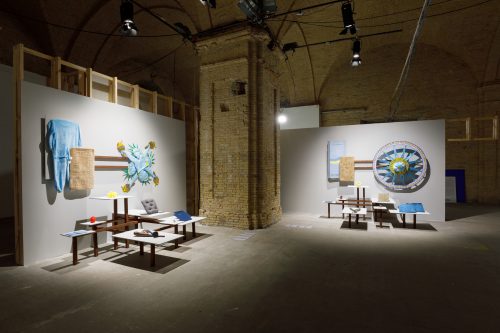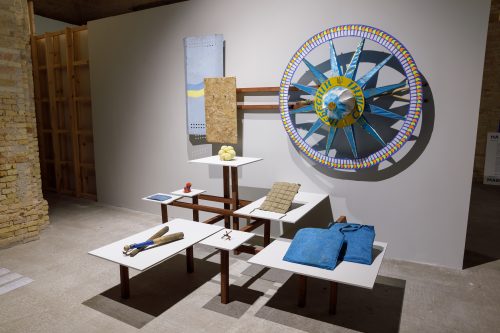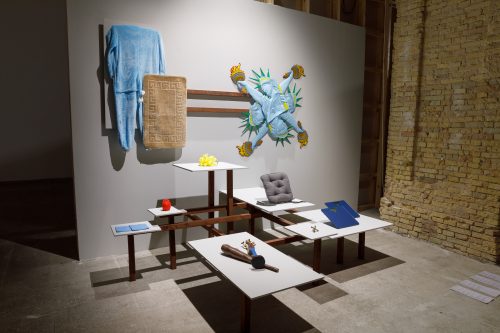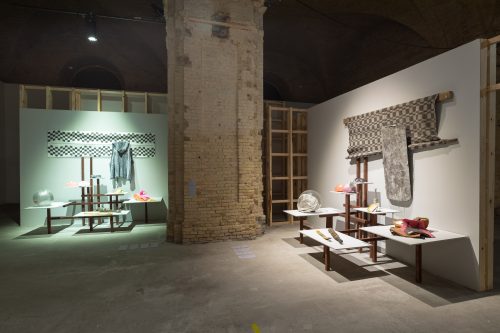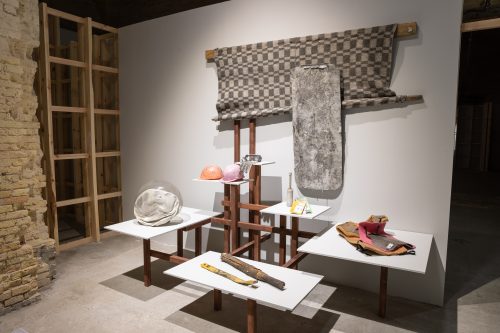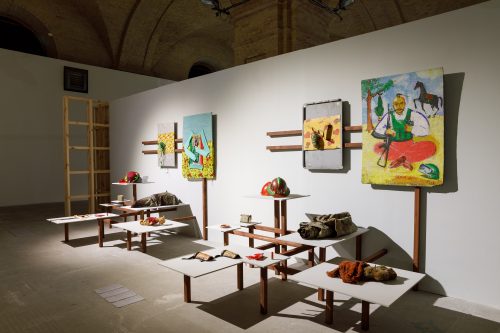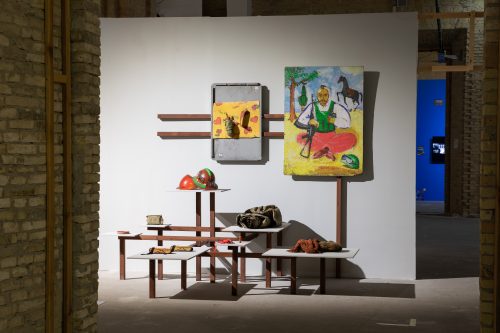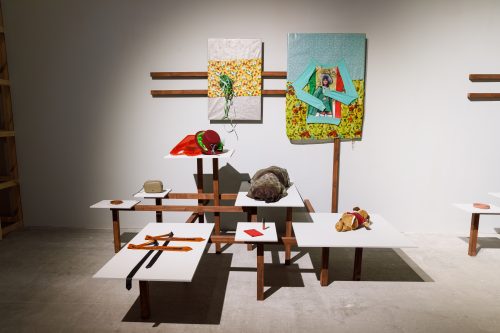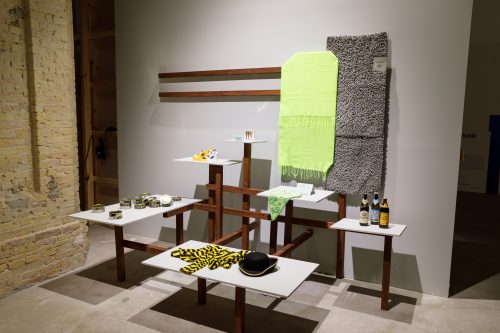CouplingsExhibitions
-
-
Search for an exhibition
-
- Search
Name
Couplings
Author
James Beckett (ZA)
Date of creation
2018
Courtesy of
The artist and Wilfried Lentz Gallery, Rotterdam
Material
Objects from the collection of the Museum of the Revolution of Dignity, coupled with visually similar consumer products, purchased both in Ukraine and abroad
The project Couplings by artist James Beckett runs like a thread through the exhibition. The project is a reflection on the nature of objects in the collection of the Museum of the Revolution of Dignity that were acquired during and right after the protests in 2013–2014. A museum is a place where a society tells stories to itself about what is significant in its history and culture, through the symbolic agency of objects. By exploring the historical and political significance of the Maidan collection, Beckett raises issues related to the museum’s function in preserving memory and its role in shaping personal identity and communal affiliation.
During the occupation of Maidan daily objects were used for defensive purposes, but were also appropriated for sentimental reasons, such as decorations for Christmas, adding a new symbolic dimension to the culture on the square. Beckett traces the original source of these objects that were never meant for revolution, but were instead produced as commercial goods. Together with university students from Kyiv he paired them with objects from party- and toy shops, office supplies and cosmetics that have a formal, yet uncanny resemblance to the Maidan artifacts. He then assembles the objects in the form of a still life, a genre using inanimate objects in paintings for allegorical purposes. By duplicating the displays of the original museum objects with a copy in consumer goods, the memory is played upon, it is almost a game to recall the actual, the traumatic. This could also be read as a sanitization, an effect occurring through time, as a form of social-political amnesia, a censored form of recollection. Moreover, Beckett’s couplings allude to the commodification of history: the process in which the past is turned into a source of entertainment and commerce, implying standardization and a loss of diversity of historical memory.
The display stands are reminiscent of the museum and shop-window displays, which highlights the commercial or consumerist nature of the objects appropriated during the revolution. By doing so, Beckett underlines the exceptional nature of the events on Maidan. The availability and commonality of the objects also makes clear the spontaneous and civilian nature of the resistance.
In addition, the exhibition develops a deeper theme of revolution vs. recreation, and shows an overcoming by the Ukrainian population of an apathy typical of a fledgling Westernised consumerist society, as told through the ‘props’ or objects enabling an independence. The display in this sense seeks to contrast the casual with the essential, the flimsy with the truly transformative.
